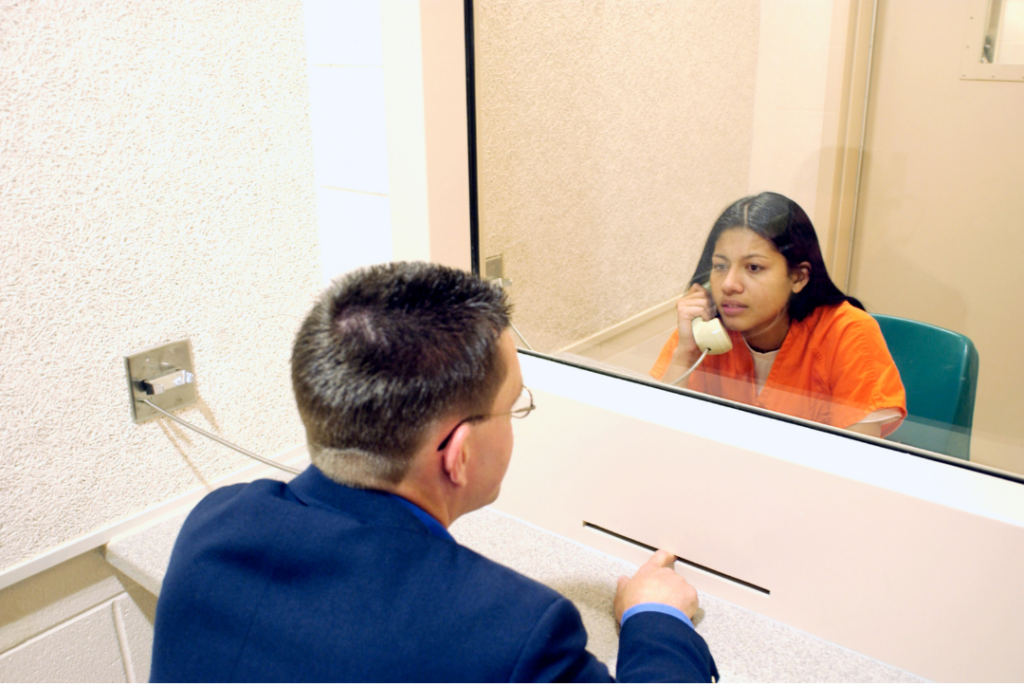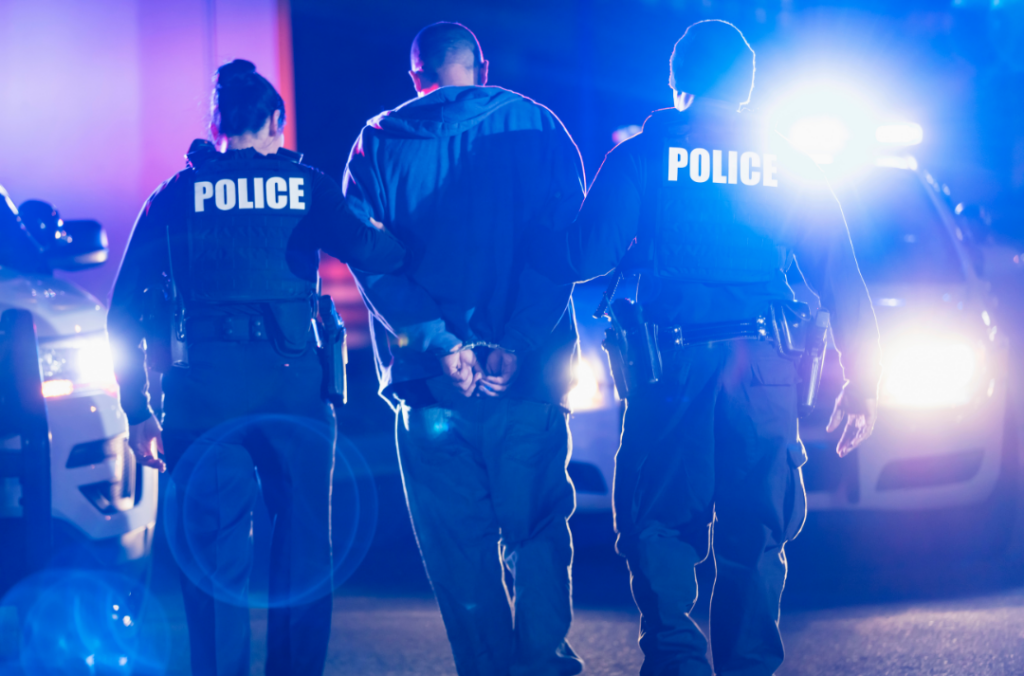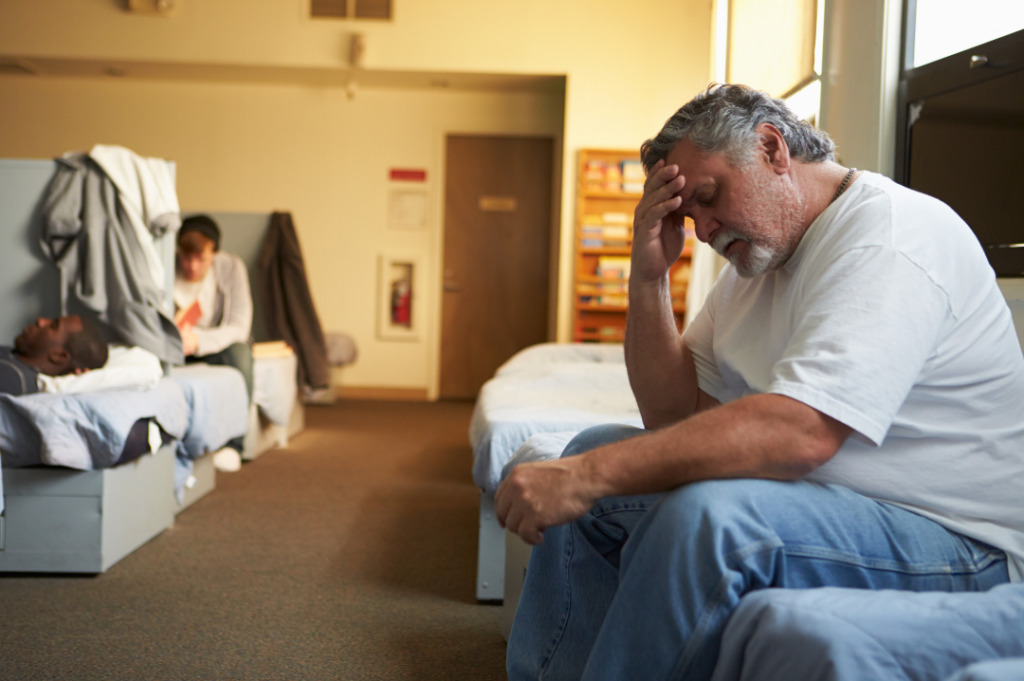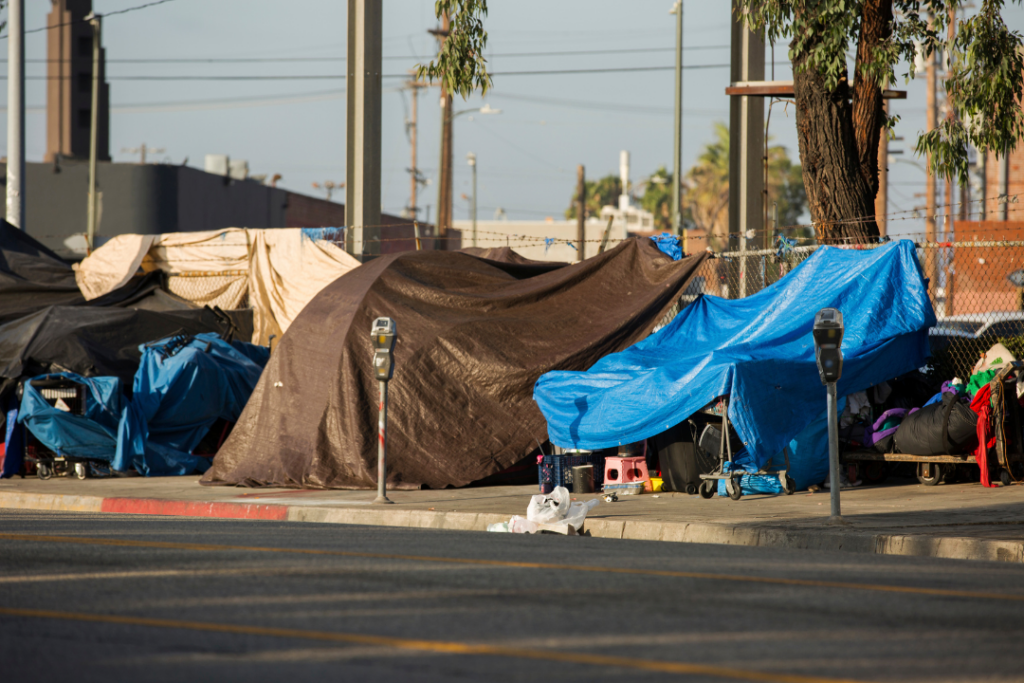Why are so many people with mental illness in jail?
If your immediate answer is, “Because they’ve committed a crime” – you’ll be surprised (and hopefully chagrined) to learn that’s often not the case. Plenty of people with mental illness who’ve never broken a law or harmed anyone (other than themselves) enter the criminal justice system, and some stay there quite a while. And the price they pay can range from mental deterioration to death.
Nearly 1 out of 5 Americans are mentally ill. 130 million Americans live in an area with a shortage of mental health providers – and those shortages are the most severe in disadvantaged areas. Untreated and often socially stigmatized, many mentally ill people encounter police before they see a doctor in underserved communities.
Here’s where that can lead:
- People with untreated mental illness are 16 times more likely to be killed during a police encounter than other civilians.
- Many mentally ill people are placed in prisons where the healthcare is substandard and mental healthcare almost nonexistent. There are three times more U.S. civilians with serious mental illness in prisons than in hospitals.
- Stressful prison environments can exacerbate inmates’ behavioral disorders and mental illness, with many put in seclusion for long periods of time.
- Prison inmates with mental illness are twice as likely to be injured in prison fights than inmates without – and that number rises to three times as likely in local jails.

The Loss of Inpatient Options for the Mentally Ill
Since the wave of mental hospital closures in the 1950s and 1960s, the number of people with severe mental illness on the street continues to grow. In 1955, 75% of individuals with mental illness were treated in inpatient settings; by 1977, only 7% received inpatient care. Even patients who benefit from outpatient treatment can run up against staffing shortages that make it difficult to receive consistent therapeutic care.
The outcomes couldn’t be more different. A young man who suffered his first schizophrenic break in 1953 likely spent years in a state hospital, where a consistent care team managed his medication and episodes. But place that same young man in our time, and he suffers his first episode with few long-term inpatient options. He becomes responsible for his own treatment and medication adherence and likely spends years moving through different hospitals, emergency departments, and care teams who know little about his illness or history. It’s possible that he is never treated at all, but simply incarcerated after an illness-driven offense – undiagnosed and untreated.
Here’s a look at why so many people struggling with mental illness wind up in jail.

When a Suicide Attempt Means a Criminal Record
The ideal of jailing people for suicide attempts may sound dystopian, but it’s a desperate reality for some communities without behavioral health resources.
Consider one Tribal community where Native American adolescents are twice as likely to die by suicide as their white peers. After this town saw a cluster of more than 150 suicide attempts and the deaths of six teenagers, the Tribal government created an “aggravated disorderly conduct” charge to hold members after an attempt. The idea was to prevent self-harm for people in psychiatric crisis. Today, those arrested remain incarcerated until they can undergo a mental health evaluation and attend a court hearing, where they ideally receive a court-ordered treatment plan. If they comply with the plans, their charges are dropped.
But the experience of being locked in a cell and kept under observation, seeing only a jail attendant who delivers meals, can intensify a suicidal person’s despair. Those who fail to comply with the court-ordered plan do end up with a record. The result: residents can be afraid to call 911 or seek help for their family members or themselves.

“Nuisance” Offenses That Turn Fatal
Mentally ill people who struggle with employment and housing may gravitate toward public parks, libraries, and downtown areas. If they demonstrate bizarre mannerisms or are considered a nuisance, it’s not uncommon for a business owner to call the police. The caller may not expect that encounter to turn fatal – but an officer’s first priority is gaining control and eliminating threats from an agitated person. If they don’t recognize the signs of mental illness, they may respond with force if the person in question defies them.
Consider one mother who called 911 to seek help with her inebriated, knife-carrying son. She emphasized his mental illness several times to the emergency dispatcher. But when a police officer arrived, he burst into the house and shot the son who was simply standing still without speaking to him or attempting to deescalate.

Community-based Mental Health Solutions
Realistically, the behavioral health field isn’t going to see well-funded resources and efficient access for every community and every patient anytime soon. Stigma can also dissuade people from seeking help. But behavioral care teams across the country are creating innovative new programs and partnerships that improve the wellbeing of people with mental illness, such as:
- Training that helps law enforcement – from dispatchers to responding officers – respond to behavioral health crises. Such training often includes recognizing the symptoms of mental illness and learning de-escalation techniques.
- Crisis intervention team models that can help defuse incidents and connect people in need to services and resources. These teams can bring healthcare professionals and/or people from the individual’s community to help win their trust and steer them toward assistance – before they run afoul of law enforcement.
- Diversion programs that reroute non-violent offenders away from jail and into behavioral health settings. Not only does this lighten the burden on law enforcement, offenders are connected to treatment before they proceed deeper into the criminal justice system.
- Workplace and school initiatives that can educate employees and students on mental health, erase the stigma of mental illness, and connect people to clinical care earlier in their journey.
One example includes the Indigenous street outreach teams that help South Dakota’s Native homeless population get access to detox, crisis care, and mental health treatment. Native Americans are 8.8% of South Dakota’s population but nearly 70% of the state’s homeless, which can create cultural or language barriers. By building connections with homeless Native Americans, team members can connect them to long-term clinical help.
Another includes Denver’s STAR Program, which responds to 911 calls with both a paramedic and a mental health clinician or social worker. After an on-the-spot assessment, some offenders are connected to a mobile healthcare team carrying food, blankets, and other resources, rather than taken to jail. In the first six months of the program, the program resolved 748 mental health incidents that involved no force, arrests, or jail.
The Path to Patient and Public Safety
Using jails as stand-in mental hospitals is a disserve to people with behavioral health disorders. It’s also a strain on law enforcement budgets. Bringing additional behavioral health staff into workplaces, schools, law enforcement offices, and other environments is the key to patient and public safety – and the most surefire path to giving people with mental illness a higher quality of life.


One Response
Can you be more specific about the content of your article? After reading it, I still have some doubts. Hope you can help me.